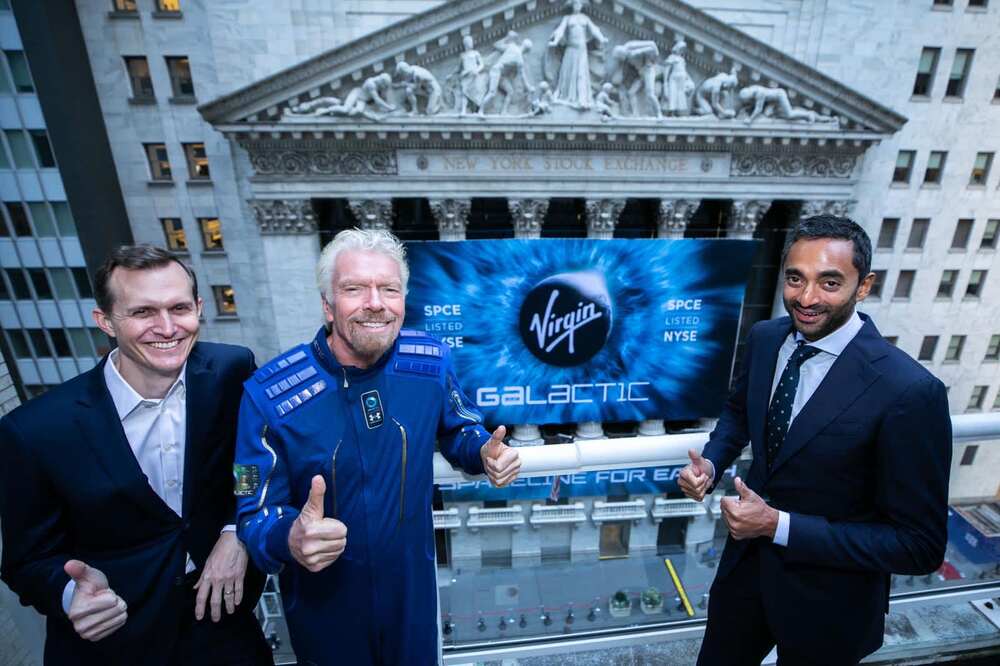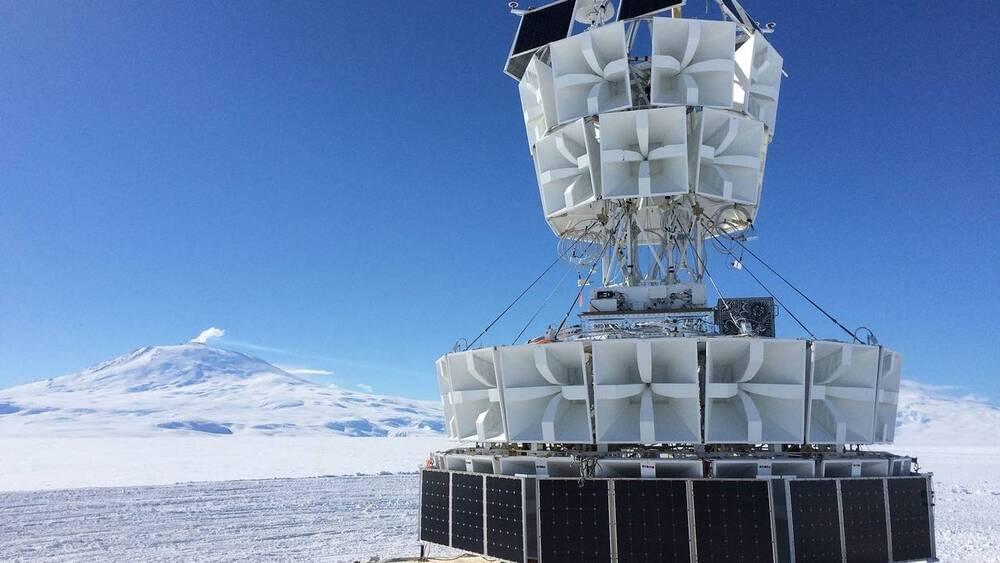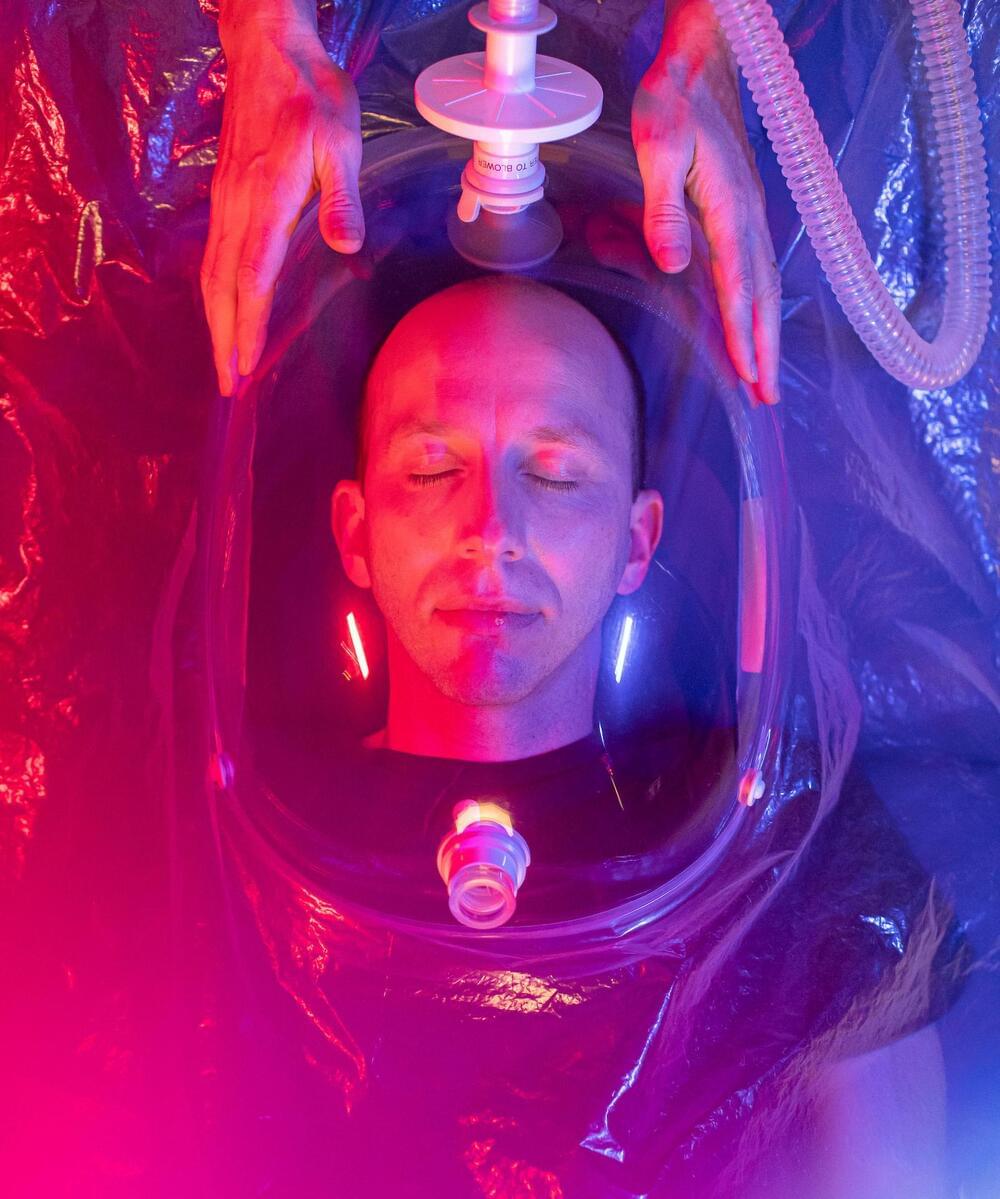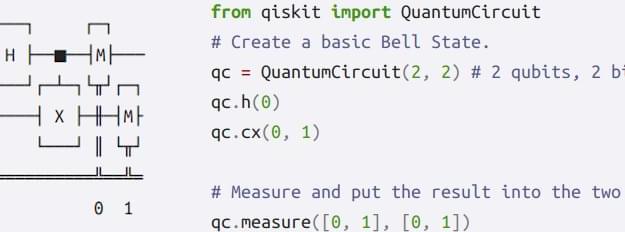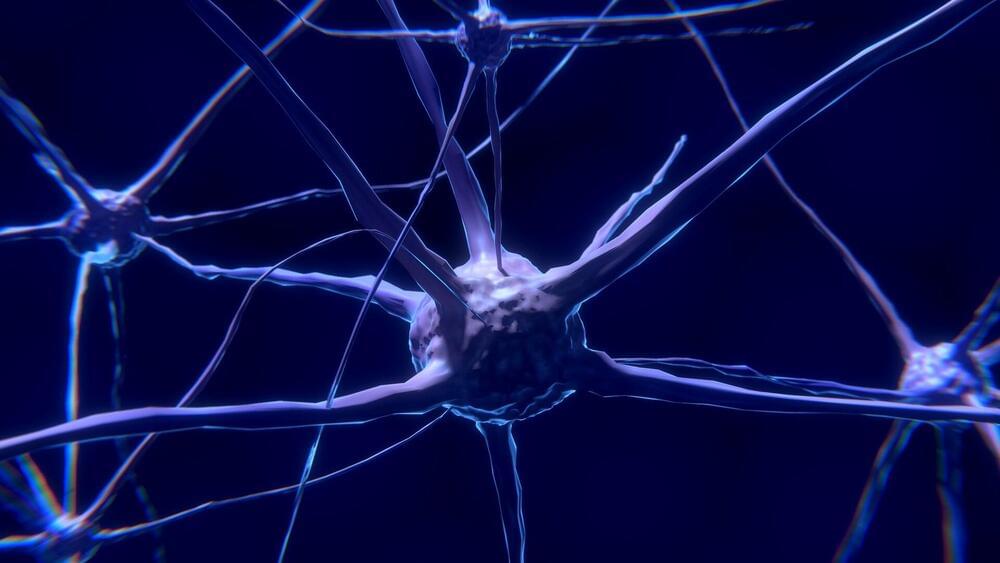Virgin Galactic announced Friday that Chairman Chamath Palihapitiya is stepping down from the space tourism company’s board of directors, effective immediately.
Palihapitiya’s SPAC, or special purpose acquisition company, took Virgin Galactic public in October 2019. The company’s stock has experienced volatile trading since then – climbing above $60 a share in the months ahead of Sir Richard Branson’s test spaceflight, but recently falling back below its public debut price with the beginning of commercial service delayed more than two years from what the company forecast.
The now-former chairman sold his personal Virgin Galactic stake in early 2021 that was worth over $200 million at the time. But Palihapitiya indirectly owns about 15.8 million shares through Social Capital Hedosophia Holdings.
